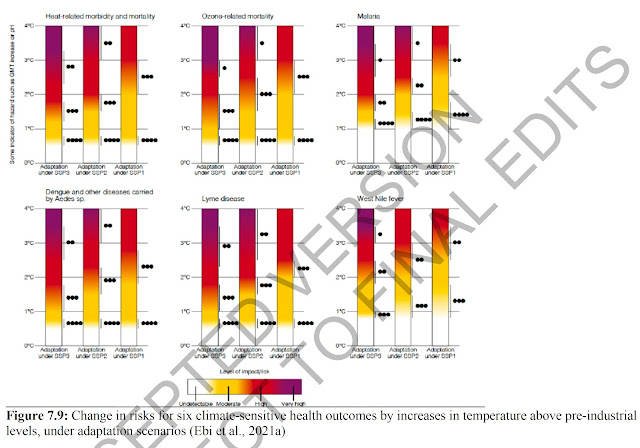Rates of disease, malnutrition and premature death are increasing around the world. Mental health problems worldwide have also become increasingly prevalent, and global warming has already produced a number of involuntary migrations as people flee increasingly uninhabitable conditions in their home countries. The impacts are distributed very unevenly, both between different countries and within countries, depending on physical location and degree of wealth.
In recent years the impact of climate change on mental health has become increasingly clear. Specific stressors such as extreme events—wildfires, floods, storms, rainfall and drought—have led to measurable increases in people seeking counseling and other forms of mental health assistance. Without policies to mitigate climate change and make mental health services more widely available, across all economic strata, these problems are expected to become more acute during the remainder of the 21st century.
Increased temperatures and flooding have led to increases in water-borne, food-borne and digestive diseases around the world. Infectious agents such as Salmonella and Campylobacter, and gastrointestinal diseases such as cholera conditions have occurred with higher incidence. Meanwhile extreme climate events have disrupted health care on local and regional scales. The COVID-19 pandemic exposed many limitations of global and national efforts at public health, which limitations will be exposed further as climate change grows more acute.
Furthermore, increased heat especially in urban regions is putting increasing stress on aging populations less able to tolerate the heat. Heat waves lead to spikes in power consumption, death rates and calls for public assistance, putting strain on the public health system. After more than two years of extreme duress under the COVID-19 pandemic, these health systems are less able now to accommodate periodic extreme demand than before. Droughts and floods have increased food insecurity around the world (as has Russia’s invasion of Ukraine), and increasingly severe storms are wiping out homes and settlements across developing and developed nations alike.
Tomorrow: Poverty, livelihoods and sustainable development.
Be brave, be steadfast, and be well.
IPCC 6th Assessment Report, Vol 2, Chap 7













No comments:
Post a Comment